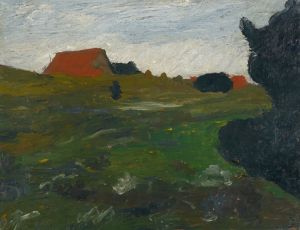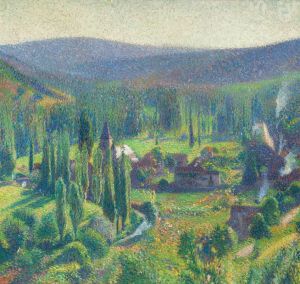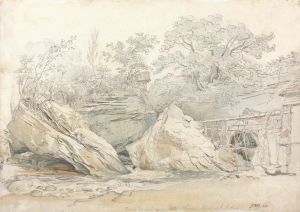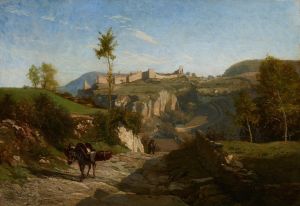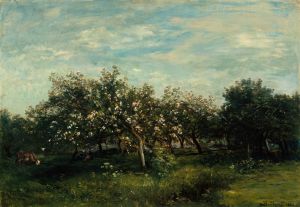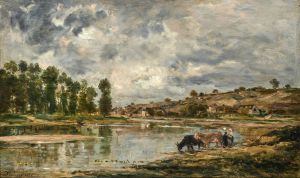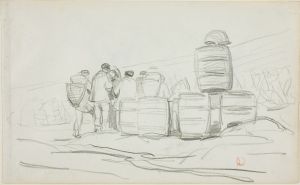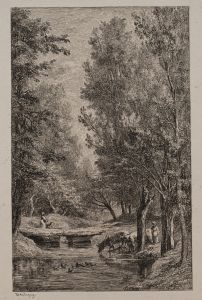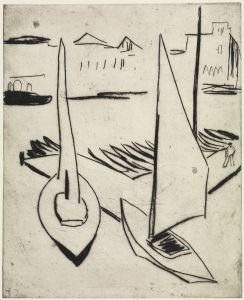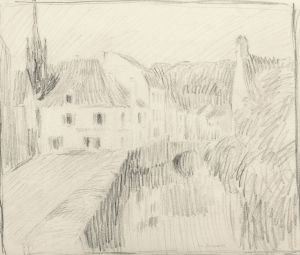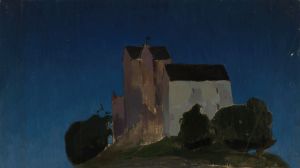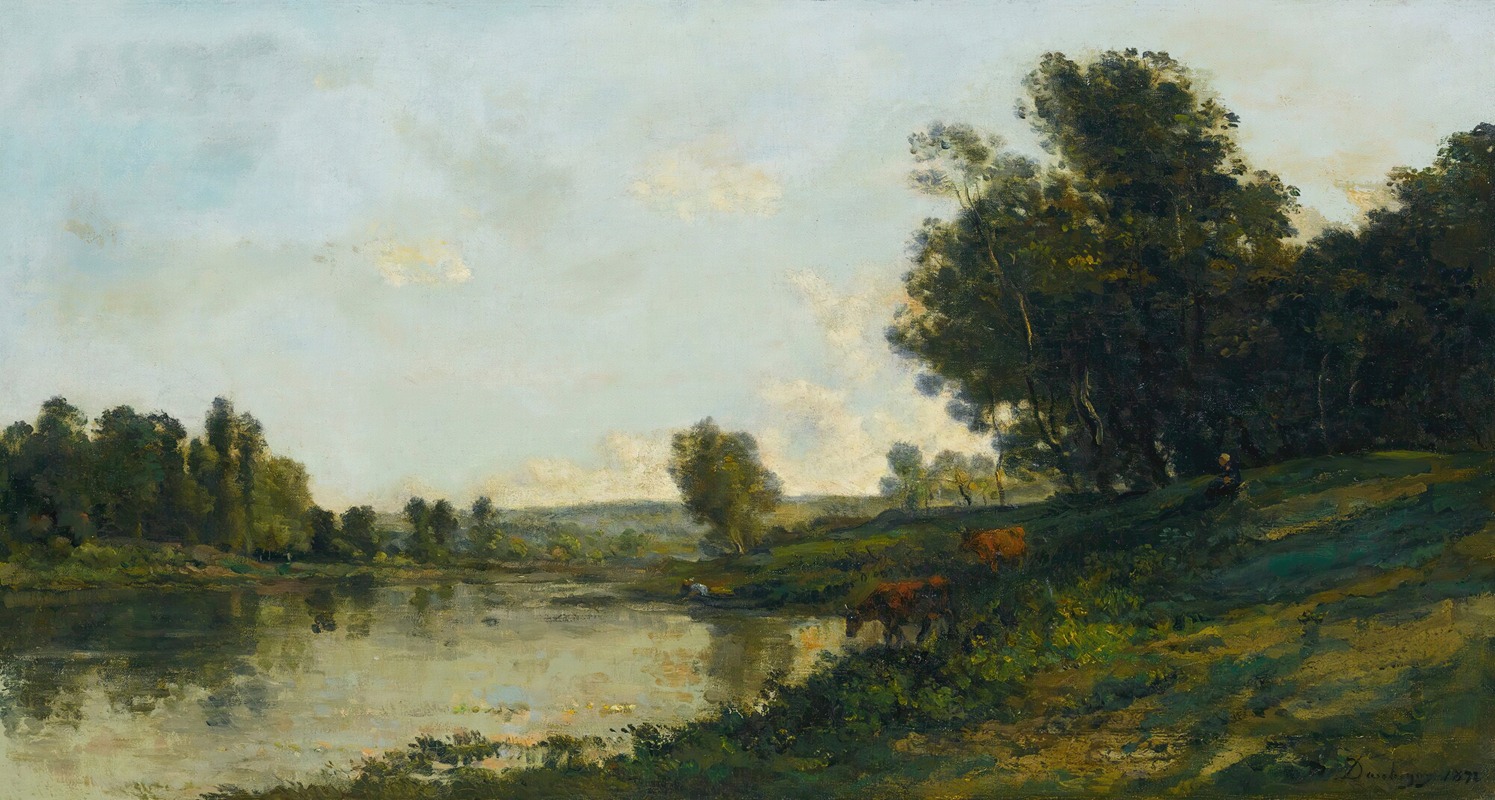
Bord De L’oise
A hand-painted replica of Charles François Daubigny’s masterpiece Bord De L’oise, meticulously crafted by professional artists to capture the true essence of the original. Each piece is created with museum-quality canvas and rare mineral pigments, carefully painted by experienced artists with delicate brushstrokes and rich, layered colors to perfectly recreate the texture of the original artwork. Unlike machine-printed reproductions, this hand-painted version brings the painting to life, infused with the artist’s emotions and skill in every stroke. Whether for personal collection or home decoration, it instantly elevates the artistic atmosphere of any space.
"Bord de l’Oise" is a painting by the French artist Charles François Daubigny, a prominent member of the Barbizon School. Daubigny was born in Paris on February 15, 1817, and became known for his landscape paintings, which often depicted serene and natural scenes. His work significantly influenced the development of Impressionism, and he is considered one of the key precursors to this movement.
"Bord de l’Oise" translates to "Banks of the Oise," referring to the Oise River in northern France. This river was a frequent subject in Daubigny's work, as he often painted en plein air, or outdoors, to capture the natural light and atmosphere of the landscape. The painting is believed to have been created around the 1860s, a period during which Daubigny produced many of his most celebrated works.
The painting depicts a tranquil riverside scene, characterized by its soft, naturalistic portrayal of light and shadow. Daubigny's technique involved using a loose brushwork style, which allowed him to convey the fleeting effects of light and atmosphere. This approach was innovative at the time and paved the way for later Impressionist painters like Claude Monet and Camille Pissarro.
In "Bord de l’Oise," Daubigny captures the essence of the French countryside with a sense of immediacy and intimacy. The composition typically includes elements such as trees, water, and sky, arranged in a harmonious balance. The use of color is subtle yet effective, with a palette that often includes greens, blues, and earth tones, reflecting the natural environment.
Daubigny's connection to the Barbizon School is evident in this work. The Barbizon School was a group of painters who settled in the village of Barbizon near the Forest of Fontainebleau in the mid-19th century. They were united by their interest in painting nature directly from life, rather than in the studio, and their work marked a departure from the academic traditions of the time. Daubigny, along with artists like Jean-Baptiste-Camille Corot and Théodore Rousseau, sought to capture the beauty and simplicity of rural life.
"Bord de l’Oise" exemplifies Daubigny's dedication to depicting the natural world with honesty and sensitivity. His ability to convey the mood and atmosphere of a scene through his brushwork and use of color was highly influential. The painting is a testament to his skill as an artist and his contribution to the evolution of landscape painting in the 19th century.
Today, Daubigny's works, including "Bord de l’Oise," are held in high regard and can be found in major art museums and collections around the world. His legacy continues to be celebrated for its impact on the development of modern art, particularly the Impressionist movement.






